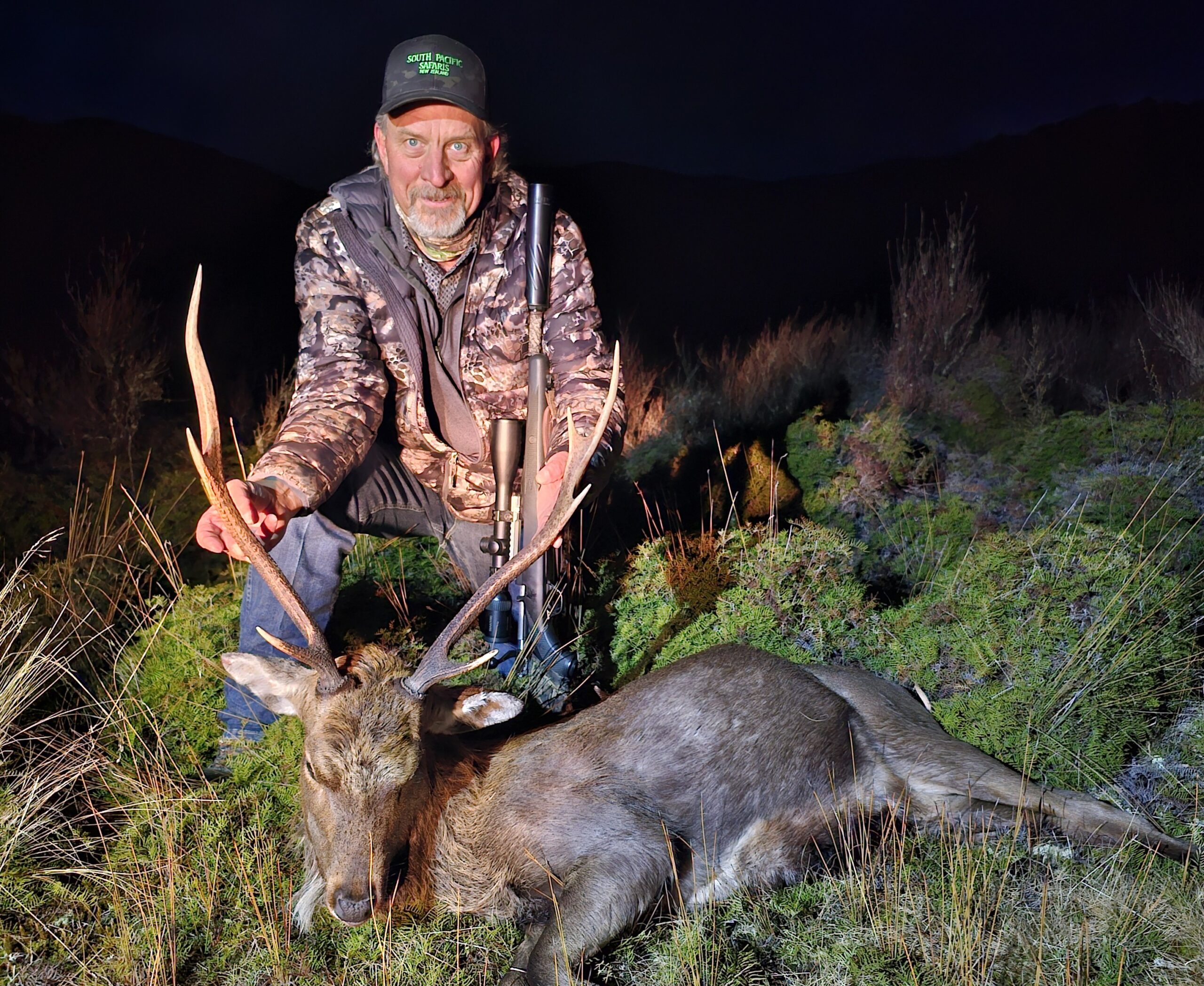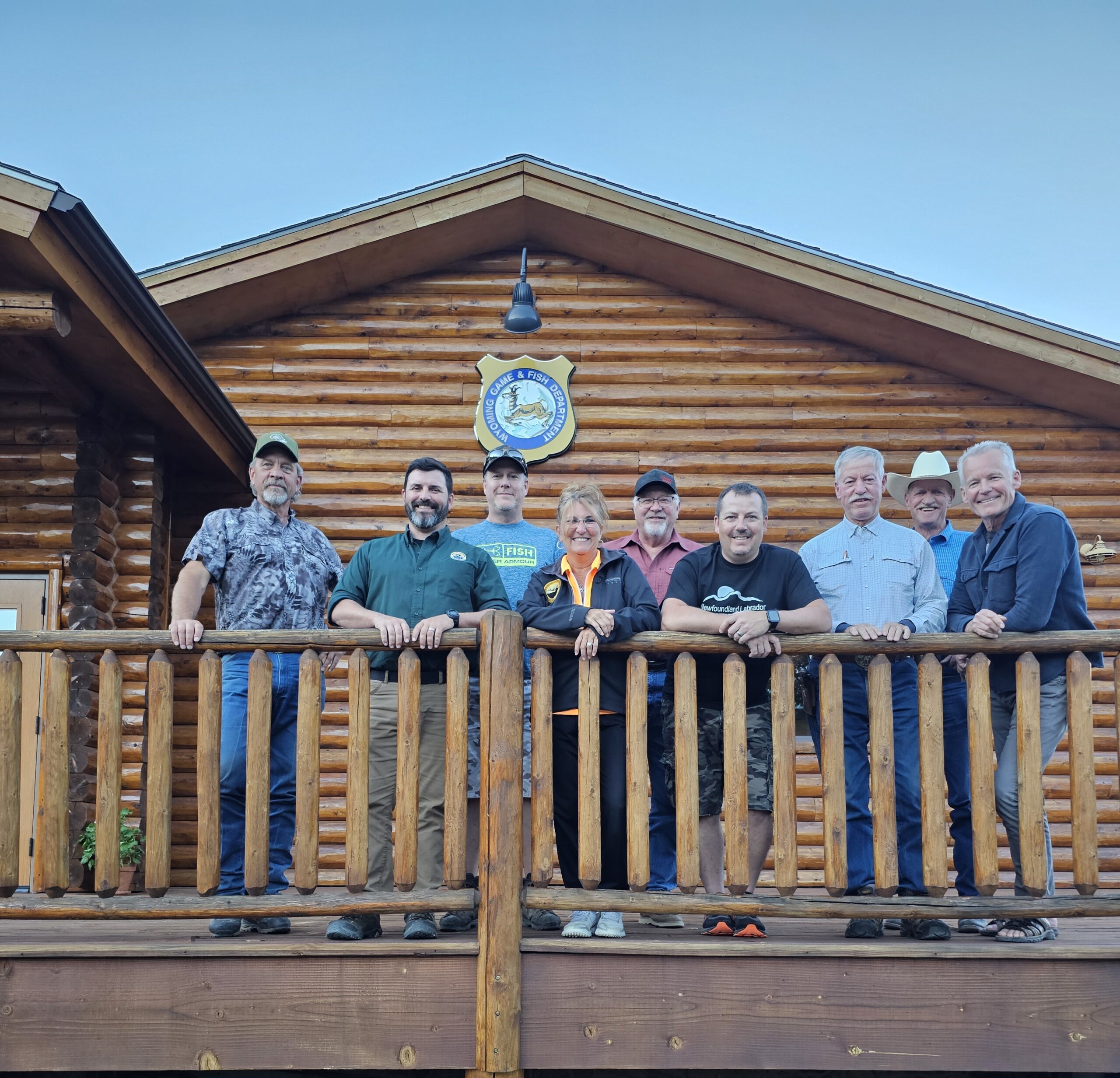The early stages of this groundbreaking research kicked off in the fall of 2016, which stemmed from Gov. Scott Walker's commitment to reevaluate chronic wasting disease in Wisconsin. This study evaluates factors such as predation, habitat conditions, hunter harvest and CWD to measure impacts on deer survival and deer populations in southern Wisconsin.
This project relies heavily on cooperation from a number of volunteers. Wallenfang said DNR staff would like to thank the 113 landowners (and counting) who have agreed to assist with this research and remind others in southwest Wisconsin to consider becoming involved as the study moves forward.
“When we agreed to allow DNR's CWD research team to conduct part of their live-trapping and monitoring work on our property, we had no idea what to expect. Within days, we were enthusiastic supporters,” said Mike Van Sicklen, who with his wife, Susan, are landowners participating in the study. “The entire DNR team has been gracious and respectful of our land and interests–the project staff have been so enthusiastic and it's contagious. The project has been one of the highlights of our winter–we are so pleased that DNR is trying so hard through this project to better understand and control CWD.”
DNR staff are currently trapping deer within two distinct study areas in portions of Dane, Iowa and Grant counties, with a goal of 1,200 deer captured over four years. The eastern most study area is found within the area of highest CWD prevalence, while the western most study area has a much lower rate.
Through the predator portion of this study, DNR staff are monitoring coyote and bobcat populations within the same study area. GPS collars have been placed on four bobcats and seven coyotes so far, with a goal of 30 per year over 4 years.
“This information will help us better understand the predator population status in this area, the direct impacts of predators on deer, and the role of predators in the disease ecology.” said Nathan Roberts, carnivore and furbearer research scientist.
Data received throughout the study will help provide a more definitive look at how predator abundance and distribution may impact deer populations.
For more information regarding the Southwest Wisconsin CWD, Deer and Predator Study and how to become involved, search the DNR website, dnr.wi.gov, for keywords “deer research.”



